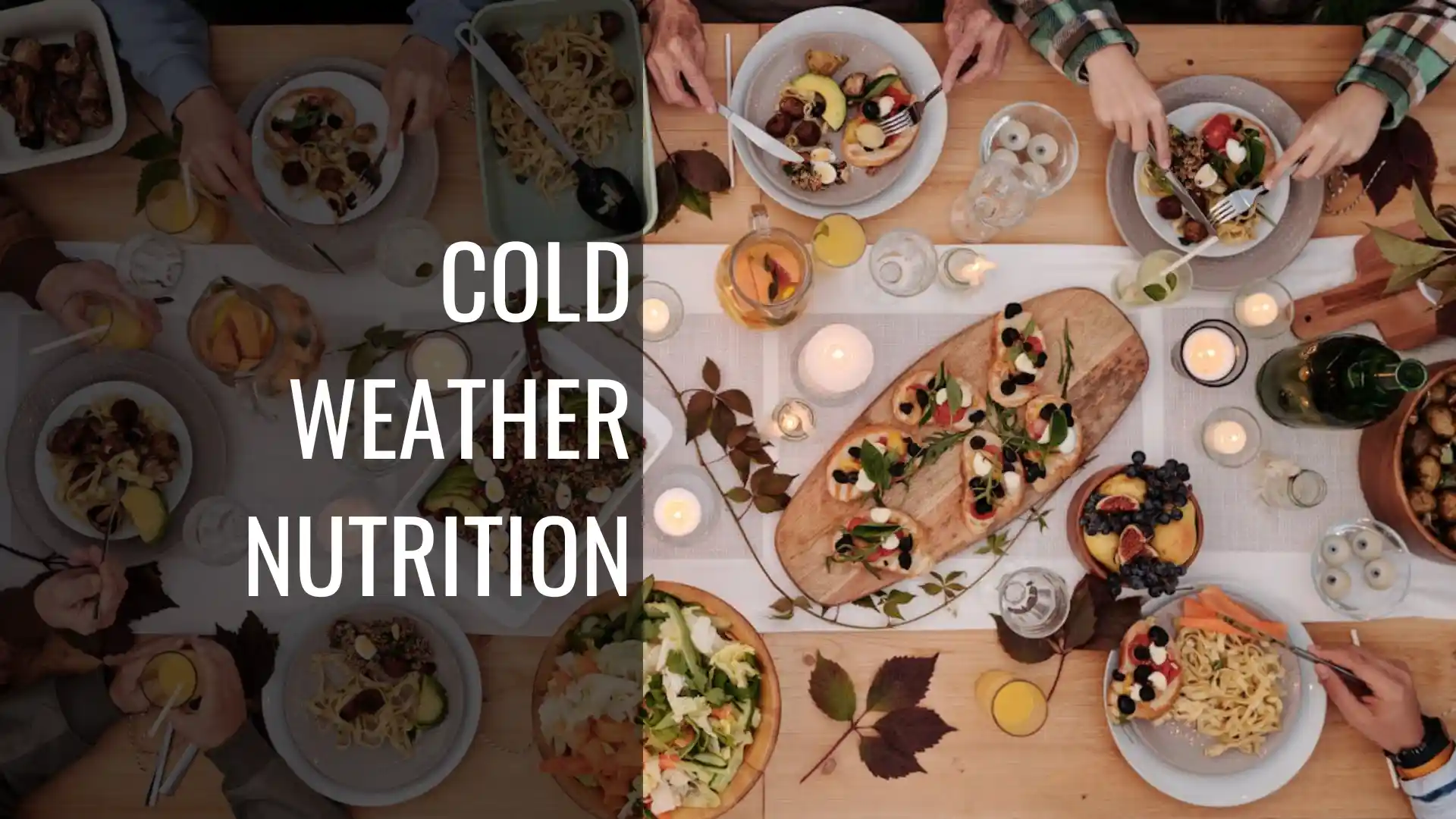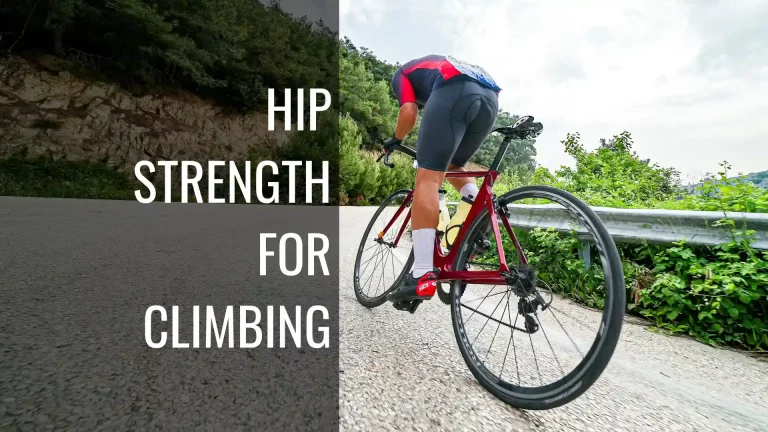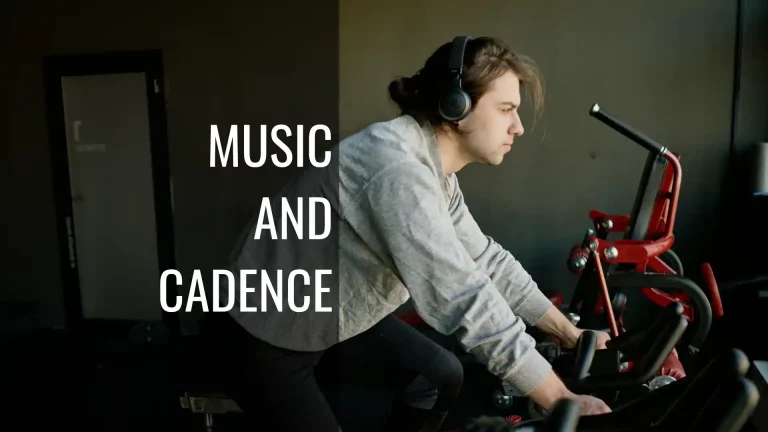
When temperatures drop and daylight fades, serious cyclists move their training indoors—but many forget to adjust their nutrition strategy along with their venue. The shift from outdoor roads to indoor trainers isn’t just a change of scenery; it fundamentally alters your hydration needs, caloric expenditure, and nutritional requirements. Without wind chill masking your sweat rate, with reduced sun exposure affecting your vitamin levels, and with the relentless intensity of structured indoor workouts taxing your system differently, your off-season nutrition demands a thoughtful recalibration. Whether you’re grinding through Zwift intervals in your garage or sweating through a trainer road session in your basement, getting your nutrition right during the colder months can mean the difference between emerging stronger in spring or limping into race season depleted and over-trained.
This comprehensive guide will walk you through everything you need to fuel your body intelligently through the indoor cycling season, keeping you healthy, strong, and ready to perform when the weather finally breaks.
PEDAL MY WAY NEWSLETTER
Weekly training tips, cycling strategies, and fitness insights for sustainable performance.
No spam—just actionable guidance to help you train smarter.
Table of Contents
Adjusting Your Caloric Intake During Off-Season Training
Winter is often dubbed the “off-season,” but for many, it’s a phase of intense, focused training (like high-intensity interval training, or HIT). Your calorie needs should reflect this, not the weather. The key is strategic adjustment rather than drastic cuts. Indoor training typically burns 10-15% fewer calories than outdoor riding due to lack of wind resistance and terrain variation. Start by reducing your intake by 200-300 calories on easy days, but maintain full fueling on high-intensity intervals. Monitor your energy levels and performance metrics rather than just the scale. If your power output drops or you feel perpetually fatigued, you’ve cut too much. Remember, the off-season is about building a foundation, not achieving race weight.
Try this after a you’ve set up your indoor cycling environment:
The Adjustment: If your weekly volume (miles/hours) is lower than peak season, a slight reduction in overall calories may be necessary to prevent unwanted weight gain.
The Priority: If you’re focusing on strength training or high-intensity interval workouts, your overall macro focus should shift slightly. Protein becomes even more critical (aim for 1.2 to 1.4 grams per kilogram of body weight) to support muscle repair and growth, even if total calories dip.
Don’t Cut Too Much: Restricting calories too severely will compromise your ability to complete hard workouts and slow recovery. Use your training intensity as your primary guide.
Immune-Boosting Foods to Keep You Healthy Through Cold Months
Your immune system takes a double hit during winter: training puts stress on your immune system, and winter is a prime time for colds. So plan out your meals. Meal preps makes your training more effective as you don’t have to stress about what to cook during a workout.
Prioritize foods rich in vitamin C (citrus fruits, bell peppers, broccoli), zinc (pumpkin seeds, chickpeas, lean meats), and probiotics (yogurt, kefir, sauerkraut). Garlic and ginger aren’t just old wives’ tales—they contain genuine antimicrobial compounds. Aim for a rainbow of vegetables daily; the varied phytonutrients support different immune pathways. Don’t overlook sleep and stress management, though—no amount of elderberry syrup can compensate for 5-hour nights and cortisol overload.
Use this “cheat-sheet” as you plan our your meals.
- Focus Nutrients: Prioritize foods rich in Vitamin C, Vitamin D, Zinc, and Probiotics.
- The Power List:
- Citrus Fruits & Bell Peppers: High in Vitamin C.
- Yogurt (with live cultures), Kefir, Sauerkraut, and Kimchi: Excellent for gut-health-supporting probiotics.
- Fatty Fish (Salmon) & Fortified Milks/Mushrooms: Sources of Vitamin D.
- Oats, Lentils, Chickpeas & Pumpkin Seeds: Rich in Zinc
Your kitchen can be your best defense.
Hydration in Cold Weather: Why You Still Need to Drink
Indoor cycling is a sweat factory, even when it’s freezing outside. Without wind to evaporate perspiration, you’ll drip more than you realize. The danger is that cold weather suppresses thirst mechanisms, so you won’t feel as parched as during summer rides.
- Volume of water: Aim for 16-24 ounces per hour of training, adjusting based on sweat rate and intensity.
- Water Temperature: warm or room-temperature fluids are more palatable in winter and may encourage better compliance. Cold drinks can feel jarring in cold air, making you drink less, so be careful with cold drinks.
- Timing: Add electrolytes to sessions over 90 minutes—you’re losing sodium through sweat regardless of temperature.
- Monitor urine color: pale lemonade means you’re hydrated, while dark apple juice signals trouble.
- Set Reminders: Use a timer, your bike computer, or your cycling app to remind yourself to sip every 15–20 minutes. Don’t wait until you’re thirsty.
Pre-Ride Fueling for Indoor Training Sessions
Indoor workouts hit differently—you’re often going harder without the mental relief of scenery changes. Fuel accordingly. For sessions under 60 minutes, a light snack 30-60 minutes before (banana with almond butter, toast with honey) provides sufficient energy. Longer or high-intensity sessions require more substantial fueling: oatmeal with fruit, a bagel with peanut butter, or a smoothie with protein. Avoid heavy fats and excessive fiber close to ride time—your stomach will revolt when the intervals start. Coffee is fine and may enhance performance, but don’t experiment with new pre-ride foods on hard workout days.
A general guide on when to fuel and what to fuel with:
Remember: Focus on easily digestible carbohydrates to top off muscle glycogen stores. A small amount of protein can aid satiety.
Short/Low Intensity (Under 60 minutes): If you’ve eaten a balanced meal a few hours prior, you may only need water. If not, a small, quick carb snack 30 minutes before, like a banana or a slice of toast with jam, is perfect.
Long/High Intensity (90+ minutes or hard intervals): Eat a larger, carb-centered meal 2–3 hours out. Think oatmeal with fruit and nuts, or rice/pasta with a light sauce and lean protein. This prevents a mid-workout energy crash.
Winter Weight Management: Finding the Balance Between Fuel and Fat Loss
Winter weight gain is common, but crash dieting during training season is counterproductive. Many cyclists aim to shed a few pounds in the off-season, but you must do it strategically to avoid compromising performance and recovery. The sweet spot is a modest deficit of 300-500 calories on easy days while fueling adequately around hard workouts. This approach preserves muscle mass and training quality while gradually reducing body fat.
Track weekly averages rather than daily fluctuations—weight naturally varies 2-4 pounds due to hydration and glycogen. If you’re aiming for weight loss, target 0.5-1 pound per week maximum. Faster loss typically means muscle loss and compromised recovery. Consider working with a sports nutritionist who understands cycling’s demands—generic diet plans rarely account for the metabolic stress of structured training.
Fuel Your Workouts: Never “diet on the bike.” Restricting carbohydrates during a hard ride leads to poor power output, miserable perceived effort, and may trigger post-ride overeating (binging) to replenish depleted liver glycogen.
Strategic Deficit: If weight loss is the goal, create a strategic calorie deficit on rest days or very low-intensity recovery days by slightly reducing meal portions, particularly fats and simpler carbs.
Performance First: Fueling hard training sessions properly allows you to maintain consistency and high power, which is the most effective way to burn calories over the long run.
Vitamin D Supplementation When Sunlight Is Scarce
In many northern latitudes, the sun’s angle in winter prevents your body from synthesizing Vitamin D—a critical nutrient for athletes. Cyclists are particularly vulnerable to vitamin D deficiency during winter months. Studies show up to 60% of indoor athletes are deficient during winter.
Vitamin D:
Why it Matters: Vitamin D supports bone health, muscle function, and most importantly, immune function. Deficiency is linked to increased risk of illness.
The Recommendation: Because food sources are limited, many experts suggest athletes living in low-sunlight regions supplement with 2000 IU of Vitamin D daily from October through March.
Consult a Pro: Always check with your doctor or a sports nutritionist for personalized dosage recommendations, especially if you have been tested for deficiency.
Warm Post-Ride Meals That Aid Recovery
After a cold-weather indoor session, nothing beats a warm, nutrient-dense meal. Warm meals are excellent for recovery, as they encourage quick digestion and nutrient delivery. The ideal post-ride window isn’t as narrow as once believed, but aim to eat within 90 minutes. Focus on a 3:1 or 4:1 carb-to-protein ratio to replenish glycogen and support muscle repair. Winning combinations include: chicken and vegetable soup with crusty bread, turkey chili with beans and rice, salmon with roasted sweet potato and greens, or shakshuka with whole grain toast.
The following meal suggestions provide not just macronutrients but also vitamins, minerals, and anti-inflammatory compounds.
Aim for a 3:1 or 4:1 ratio of Carbohydrate to Protein within 60 minutes of your session to replenish glycogen and repair muscle.
Try out Winter Staples:
Chili or Lentil Soup: Great mix of carbs (beans/veg) and protein, plus lots of warming spices.
Oatmeal/Porridge: A warm bowl topped with protein powder or nuts/seeds and dried fruit.
Rice or Quinoa Bowl: Loaded with roasted vegetables, a lean protein (chicken, tofu, eggs), and a savory sauce.
The warmth is psychologically satisfying too, so try creating positive associations with your training efforts.
Anti-Inflammatory Foods to Combat Training Stress
Hard training creates inflammation—it’s part of the adaptation process. Hard indoor sessions cause micro-tears and inflammation in muscles. But chronic inflammation impairs recovery. Diet can help minimize this systemic stress, speeding up your recovery.
Combat inflammation with the following ingredient and additions to your meals:
Omega-3s: Found in fatty fish (salmon, mackerel, sardines), walnuts, and flax/chia seeds. These healthy fats reduce inflammation.
Antioxidants: Found in intensely colored fruits and vegetables.Pomegranate, dark leafy greens (kale, spinach), and sweet potatoes are powerful choices.
Spices: Add turmeric (contains curcumin, a potent anti-inflammatory) with black pepper (which enhances absorption), and ginger to your meals or smoothies.
- Tart cherry juice has shown genuine promise for reducing muscle soreness and inflammation.
- Minimize processed foods, excess sugar, and omega-6-heavy vegetable oils, which can promote inflammation.
Anti-inflammatory ingredients are recovery nutrition—every meal is an opportunity to support your body’s repair processes.
Carb Cycling: Matching Nutrition to Your Training Intensity
Carb cycling, or periodization, is a strategic way to vary your carbohydrate intake to match the demands of your training. IT aligns fuel intake with training demands, theoretically improving metabolic flexibility and body composition.
- On high-intensity or long-ride days, consume 6-8 grams of carbs per kilogram of body weight.
- On easy or rest days, drop to 3-4 grams per kilogram, increasing fat and protein percentages instead.
This approach teaches your body to utilize fat during lower intensities while maintaining glycogen for hard efforts. The caveat: this strategy requires discipline and planning. Don’t carb-cycle during peak training blocks or race season—the cognitive load and potential for under-fueling aren’t worth it. Use it during base building when training stress is manageable.
Comfort Foods vs. Performance Foods: Making Smart Choices
Winter often brings cravings for heavy comfort foods — it’s evolutionary biology, not weakness. The trick is finding a balance that satisfies without sabotaging your performance.
Craving pasta? Choose whole grain versions with lean protein and vegetables rather than cream-heavy sauces. Want something baked? Oatmeal cookies with nuts and dark chocolate satisfy the urge while providing actual nutrients. Need soup? Bean-based or broth-with-protein versions beat cream soups nutritionally.
The 80/20 rule applies: if 80% of your diet supports training, 20% can be pure enjoyment without guilt..
| Comfort Food Swap | Description | Performance Benefit |
| Mac & Cheese | Swap the butter/cream sauce for a butternut squash or cauliflower puree base with cheese. | Still provides warm, satisfying carbs, but reduces inflammatory saturated fat. |
| Ice Cream | Try a smoothie bowl with frozen banana/berries and a scoop of protein powder. | Satisfies the sweet tooth, provides recovery protein, and is nutrient-dense. |
| Heavy Pizza | Make a whole-wheat flatbread pizza with a thin layer of cheese and lots of colorful veggies. | Reduces saturated fat and adds fiber/antioxidants for better digestion and immunity. |
Rigidity breeds rebellion. Allow yourself truly satisfying foods occasionally—depriving yourself completely often leads to binges that derail progress more than moderate indulgence ever would
Emerging Stronger: Your Winter Nutrition Gameplan
The cold-weather training season doesn’t have to be a nutritional minefield of holiday weight gain, immune system crashes, and energy deficits. By strategically adjusting your caloric intake to match reduced outdoor activity, prioritizing immune-supporting and anti-inflammatory foods, maintaining vigilant hydration despite the cold, and balancing comfort with performance in your food choices, you’ll set yourself up for a successful spring campaign.
Remember that winter training is about building a sustainable foundation, not achieving peak form—your nutrition should reflect this long-term perspective. Listen to your body’s signals, fuel your hard efforts adequately, support recovery with nutrient-dense meals, and don’t be afraid to enjoy warming, satisfying foods that make the indoor grind more bearable. The cyclists who emerge strongest from winter aren’t necessarily those who trained hardest or restricted most severely; they’re the ones who supported their training with smart, consistent nutrition that kept them healthy, energized, and mentally fresh!
Happy Training!
Related Cycling Posts:
- Connection between Coffee and Cycling
- Our Guide to Macronutrients
- Recovery Strategy for Improved Performance





